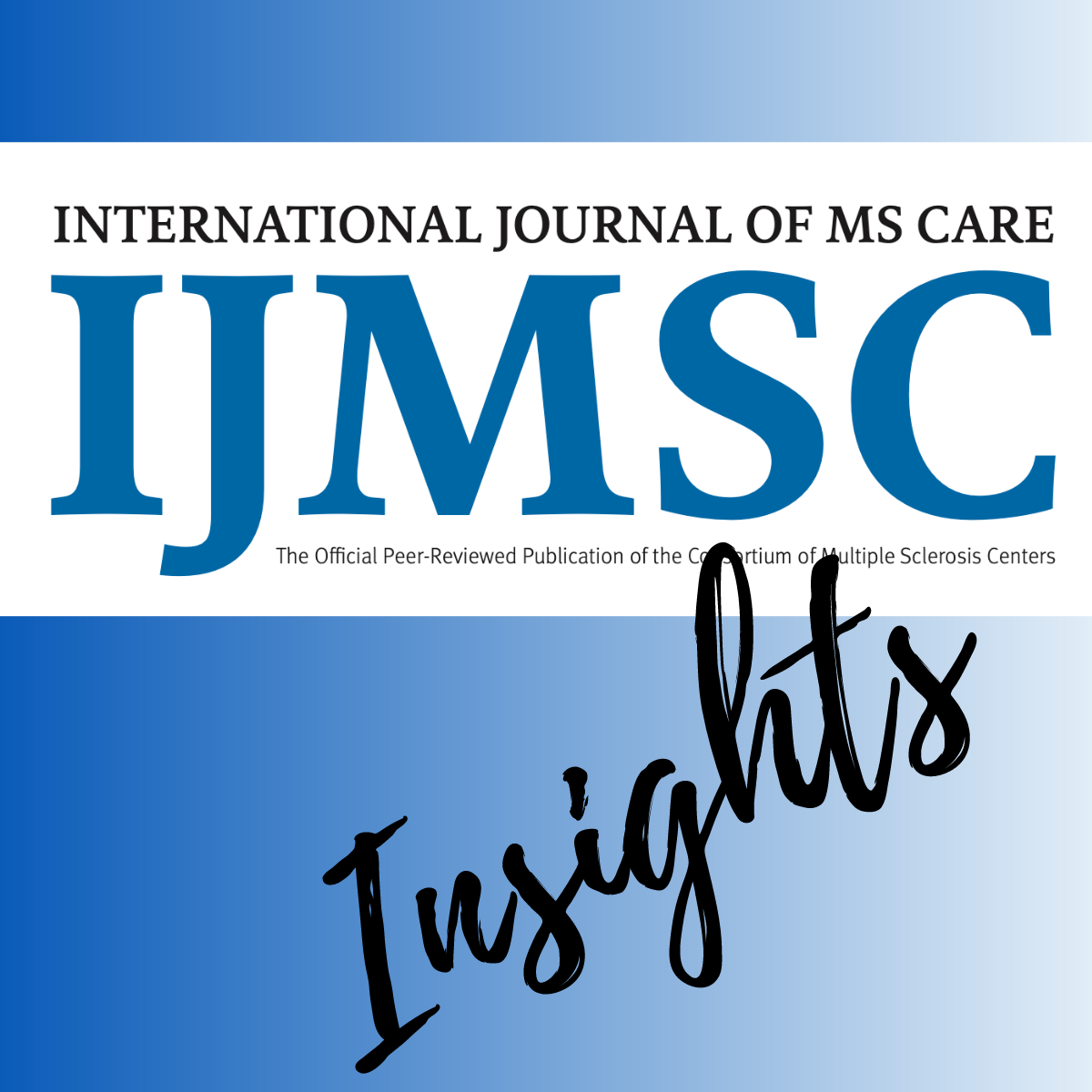News
Article
GLP-1 Agonists and SGLT2 Inhibitors Considered More Effective for Lowering Alzheimer Disease Risk
Author(s):
Key Takeaways
- GLP-1RAs and SGLT2is significantly reduce AD risk in type 2 diabetes patients compared to other glucose-lowering drugs.
- No significant difference in AD risk reduction between GLP-1RAs and SGLT2is, offering treatment flexibility.
The findings support the neuroprotective effects of GLP-1RAs and SGLT2is, suggesting their possible role in Alzheimer disease prevention strategies in people with type 2 diabetes.
Huilin Tang, PhD, MSc

A study published in JAMA Neurology revealed that the risk of developing Alzheimer disease (AD) was significantly lower in patients with type 2 diabetes (T2D) on glucagon-like peptide-1 receptor agonists (GLP-1RAs) and sodium-glucose co-transporter-2 inhibitors (SGLT2is) rather than those on other glucose-lowering drugs (GLDs). Overall, the study found no difference in the risk of AD and other related dementias (ADRD) between both GLP-1RAs and SGLT2is.1
Using electronic health records from the OneFlorida+ Clinical Research Consortium from 2014 to 2023, the target trial emulation study comprised of 3 cohorts: GLP-1RA vs other GLDs (n = 33,858), SGLT2i vs other GLDs (n = 34,185), and GLP-1RA vs SGLT2i (n = 24,117). The study’s end point was ADRD, including AD, as well as other forms of dementia, such as vascular dementia, frontotemporal dementia, and Lewy body dementia (LBD). Led by Huilin Tang, PhD, MSc, a postdoctoral student at the University of Florida, ADRD was identified through clinical diagnostic codes.
When comparing GLP-1RAs vs other GLDs, those on GLP-1RAs were generally younger (62.3 vs 66.2 years) and had a higher mean baseline body mass index (BMI; 33.8 vs 30.7). In the inverse probability of treatment weighting (IPTW) analysis, incidence rates for ADRD cases were 4.35 and 6.60 per 1000 person-years (PYs) for the GLP-RA1 and other GLD groups, respectively, yielding an rate difference (RD) of –2.26 (95% CI, –2.88 to –1.64) per 1000 PYs. Overall, use of GLP-1RAs was associated with a statistically significantly decreased risk of ADRD, represented by adjusted HRs of 0.67 (95% CI, 0.47-0.96).
In comparison with other GLD users, those on SGLT2i inhibitors were younger (64.8 vs 66.2 years), and more likely to use GLP-1RAs (5.9% vs 1.4%) with a higher mean baseline BMI (31.6 vs 30.7). During follow-up, 101 ADRD cases were found in SGLT2i users vs 642 cases for other GLD users, resulting in a crude HR of 0.62 (95% CI, 0.50-0.76). IPTW data revealed a –3.05 RD (95% CI, –3.68 to –2.42) between the 2 groups, with an adjusted HR of 0.57 (95% CI, 0.43-0.75). Overall, when evaluating both GLP-1RAs and SGLT2is, their use resulted in 33% and 43% lowered ADRD risk, respectively, compared with other GLDs.
READ MORE: Exploring a New Oral Option for Alzheimer Treatment With Sonya Miller
"These results support the potential neuroprotections of GLP-1RAs and SGLT2is and highlight their possible role in ADRD prevention strategies," the study authors concluded.1 "The comparable association between GLP-1RAs and SGLT2is provides flexibility in treatment choices while potentially offering cognitive benefits. However, further research, particularly randomized controlled trials, is necessary to validate study findings and assess their applicability to other populations."
When comparing GLP-1RAs vs SGLT2is, 90 ADRD cases were identified among GLP-1RA users (mean follow-up, 2.39 years), compared with 130 cases among SGLT2i users (mean follow-up, 2.07 years). In the IPTW-weighted cohort, incidence rates were 3.65 and 3.74 per 1000 PYs for the GLP-1RA and SGLT2i groups, respectively, yielding an RD of –0.09 (95% CI, –0.80 to 0.63). Overall, there was no significant difference in ADRD risk between these groups, demonstrated by HR of 0.97 (95% CI, 0.72-1.32).
While there was no significant association modification observed in subgroup analyses of GLP-1RAs vs SGLT2is, investigators did observe opposing trends for obesity (P = .09) and metformin (P = .05). Notably, among individual GLP-1RAs, semaglutide (Ozempic) was statistically significantly associated with a decreased risk of ADRD compared with SGLT2is (HR, 0.54; 95% CI, 0.31-0.94). Semaglutide, one of the most commonly used GLP-1RAs, is currently being assessed in 2 placebo-controlled phase 3 trials (EVOKE [NCT04777396] and EVOKE plus [NCT04777409]) testing the medication in patients with early AD. The hope is that through these trials, the clinical community will gain insights into the potential cognitive benefits of semaglutide.
Semaglutide, commonly referred to by its market name Ozempic, has been shown to delay or prevent AD in several different studies. One notable study, published in Alzheimer’s & Dementia, revealed that the therapy was associated with 40% to 70% reduced risks of first-time AD diagnosis in patients with other antidiabetic medications, including other GLP-1RAs. During the 3-year follow-up, results showed that semaglutide-treated patients had a significantly lower risk of first-time AD diagnosis, with a HR of 0.33 (95% CI, 0.21-0.51) compared with insulins and an HR of 0.59 (95% CI, 0.37-0.95) compared with other GLP-1RAs. Among older adults aged at least 60 years at the index event (average, 67.9 [±5.79]), the overall 3-year risk of first-time diagnosis of AD was twice as high as in the general population (average, 58.1 [±12.1]): 0.33% vs 0.16%).2




